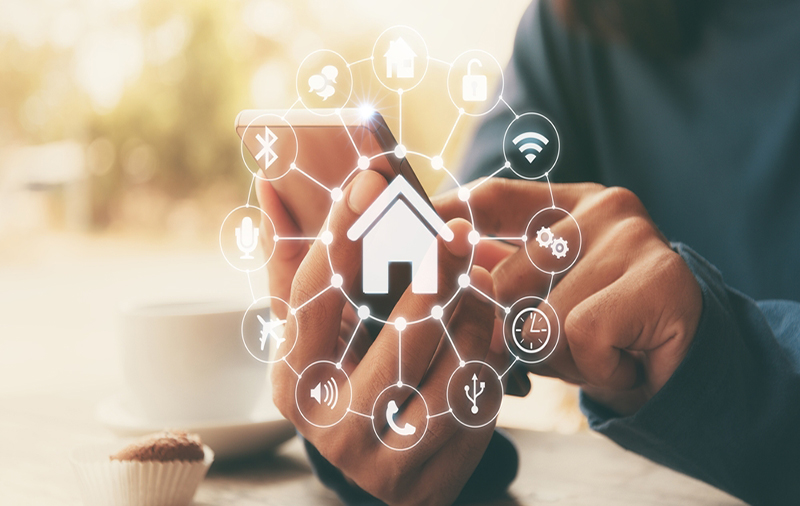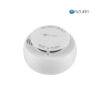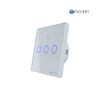The new technology of 5G
The newest generation of wireless technology comes with OFDM encoding that is part of an air interface designed to be flexible enough to meet the needs of tech with different bandwidths and scale for future applications. It will be able to operate on larger channels than 4G with lower latency, making it easier for a household of people to work online at once.
One of the biggest advances of 5G is small cell tech, which offers more reliable coverage, lower cost-per-bit, and improved network performance. This shift, however, requires widespread implementation and is one of the reasons 5G will likely gradually roll out over the next 10 or so years rather than as soon as it is available. Once it’s ready, 5G will integrate seamlessly with both 4G systems and Wi-Fi.

How 5G will help smart homes
Smart homes currently operate in a fragmented fashion, incorporating Wi-Fi, Bluetooth, and other network protocols. Though some companies, like Microsoft and Amazon, have tried to provide interfaces to tie various devices together, we have not reached a point of true interoperability.
Unlike 4G, 5G will work with low-power devices, making it useful for a broader array of connected products (whether it will work with battery-powered devices remains to be seen, however). The new wide-area network will allow any plugged-in device to connect directly to 5G, bypassing Wi-Fi for more reliable performance. This also means that all devices will be able to connect using the same protocol to start interacting more effectively.

We all know that smart homes save on energy costs. However, 5G technology will make the process even better. By supporting more devices on one network, the tech will allow people to add smart home devices that work automatically to manage power use without manual programming. For instance, connecting service meters to a central network means energy suppliers can detect and respond to fluctuations in energy use. This new network will also be able to do things like quickly detect a gas leak and send an emergency call.

Lower latency and more reliable connections will make smart home devices like doorbells and cameras that much more useful, as well as keep everything in the home connected no matter how many people are using the Internet at once. Faster speeds mean that users can quickly take advantage of the data their smart devices, such as water use sensors, provide to adjust behavior.

The current state of smart homes involves a lot of work on the part of users. For example, McKinsey details five examples of how even a consumer with connected devices must step in and do things manually that could potentially be automated. Using 5G networks to realize the potential of smart home tech to provide a truly unified system of devices will not only improve the speed and reliability of systems but will also expand demand for smart home devices. This will spur new development and lead to more competitive pricing, so more people have access to smart home systems.









